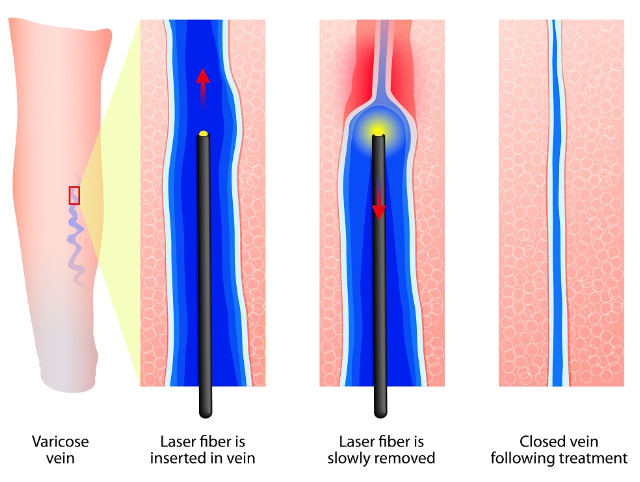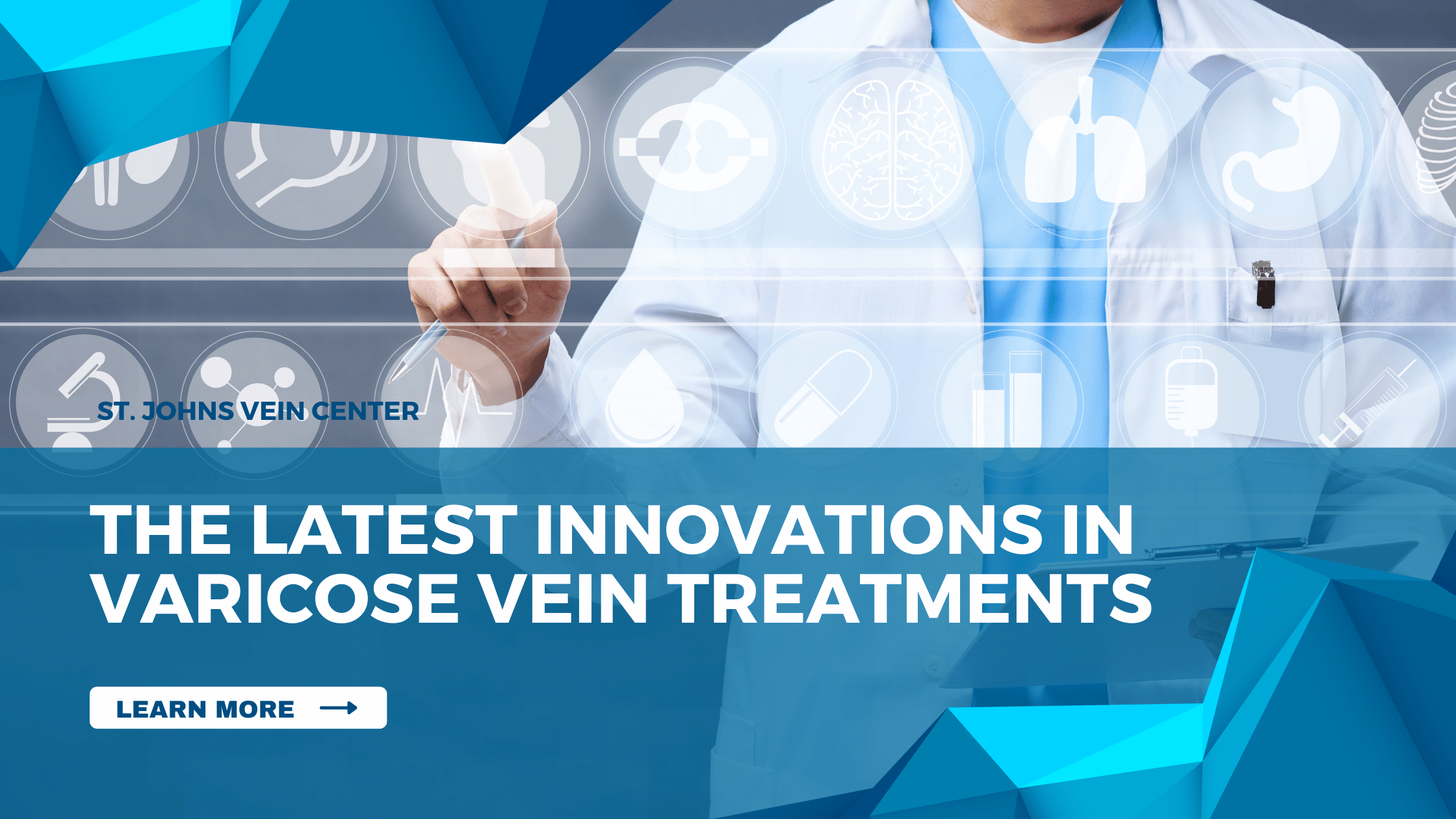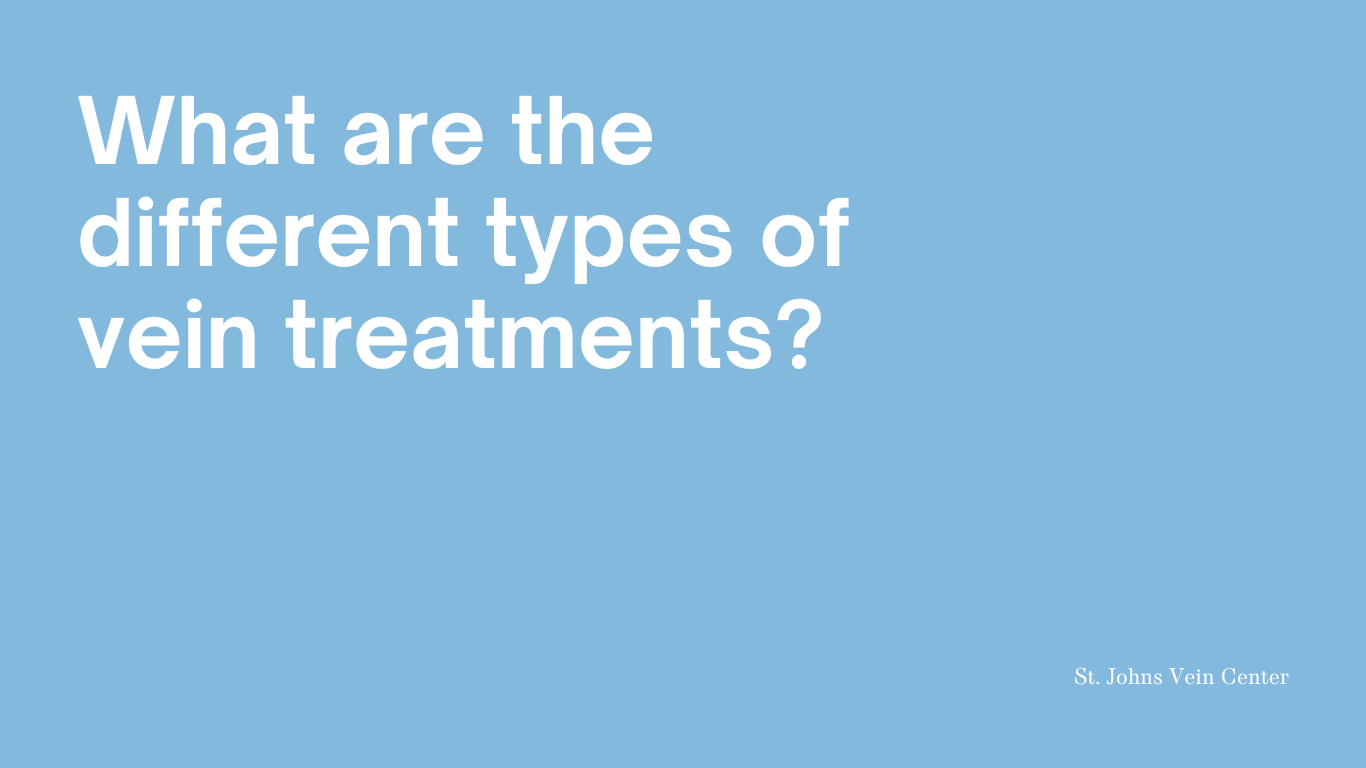Vein ablation treatment for varicose veins, also known as endovenous ablation, uses laser or radiofrequency energy to cauterize and close the diseased varicose vein in the legs. It may also be used for cosmetic vein treatment purposes, but it is most commonly used to help ease varicose vein-related symptoms such as aching, swelling, itching, discoloration, or inflammation. Endovenous vein ablation is safe, less invasive than conventional surgery, and leaves little to no scars.
Ultrasound is used to view the varicose vein. A laser fiber or radiofrequency electrode is moved to the desired location within the diseased vein through an IV. Local anesthesia is injected to shrink the vein around the laser and act as insulation for the heat of the radiofrequency or laser energy. Laser or radiofrequency energy is then applied, heating the vein and causing it to close. Following the procedure, the diseased vein will shrink and be dissolved into the body naturally.
A follow-up ultrasound examination is needed in order to assess the treated vein and to check to ensure there are no adverse effects. Within a week, the target vein should successfully close. Additional follow-up procedures (such as sclerotherapy or phlebectomy) may be necessary to treat associated veins.




